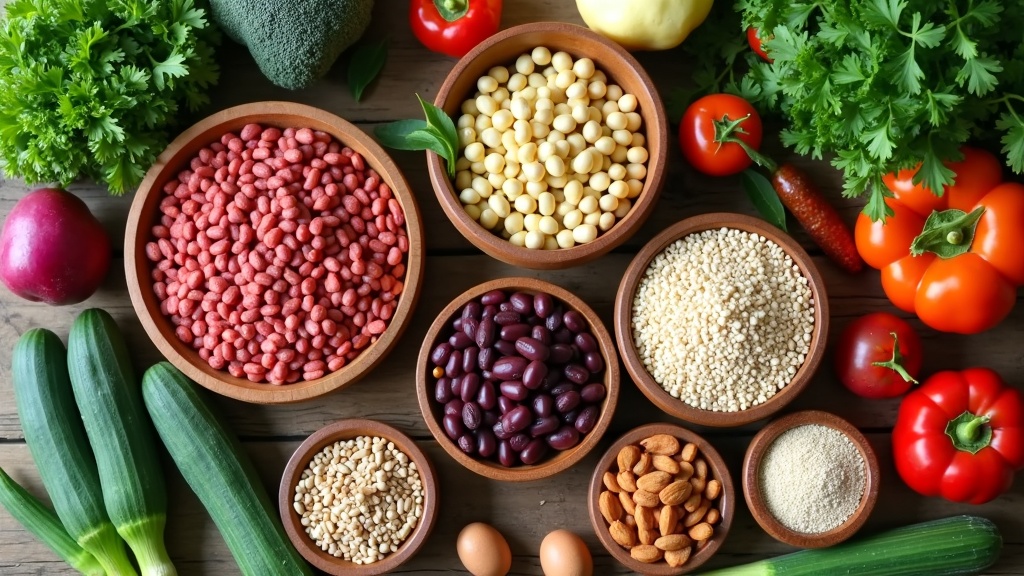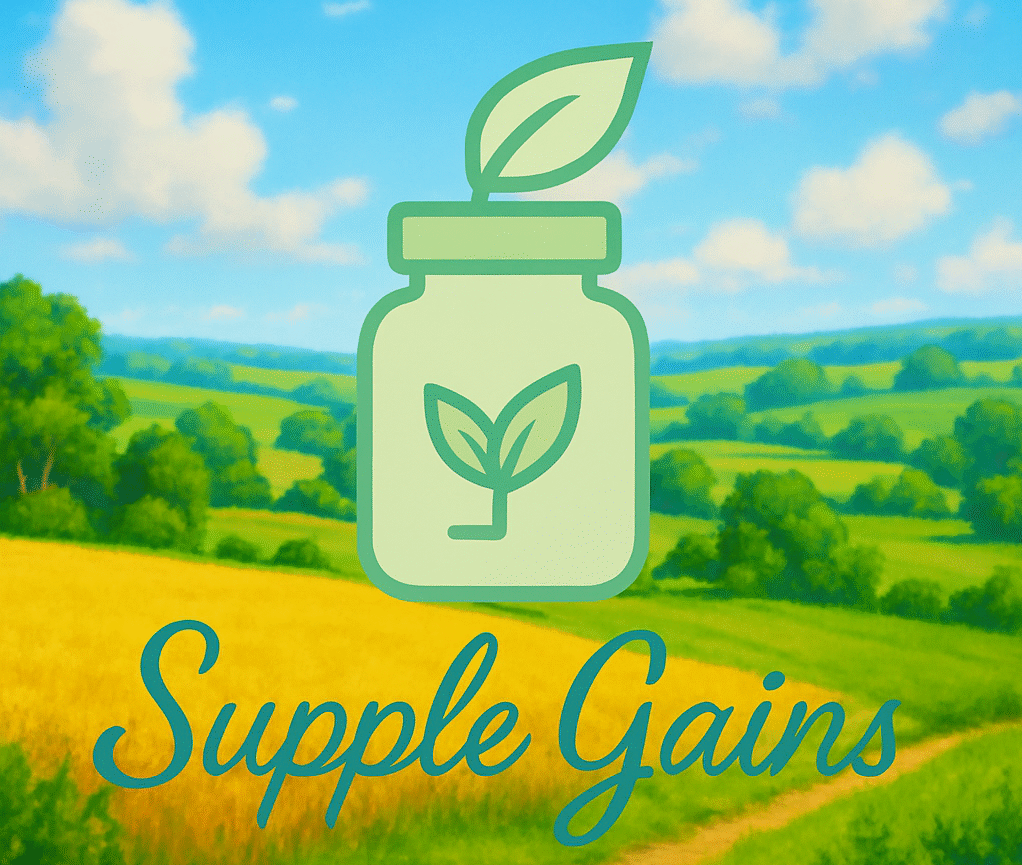Switching to a plantbased diet has gotten a lot of attention lately, especially for people dealing with diabetes.
There’s good reason for it, too: focusing on vegetables, fruits, beans, wholegrains, nuts, and seeds can make managing blood sugar feel a lot more doable.
I’m going to break down how this way of eating can benefit people with diabetes, using relatable examples and real practical info that can help if you’re thinking about making the change.

Why Plantbased Diets Matter for Diabetes
Diabetes is all about how your body handles blood sugar.
With type 2 diabetes, which is the most common, people often struggle with insulin resistance; that means the body isn’t using insulin as well as it should.
Managing what you eat can really help with keeping blood sugar in a healthy range.
That’s where plantbased diets come in.
The big deal here is that plant foods tend to be packed with fiber and low in saturated fat, which makes them super useful for blood sugar control and overall health.
Several major health organizations, including the American Diabetes Association and Diabetes UK, highlight plantbased eating patterns as a food strategy that’s worth checking out for blood sugar management.
That’s not just marketing.
It’s based on results from lots of studies.
Eating this way has also been linked to other eye-catching benefits like helping with maintaining a healthy weight and supporting a happy heart.
Fiber, one of the stars in a plantbased diet, can slow how quickly sugars enter your bloodstream.
That means fewer wild blood sugar swings.
And because plant foods help you feel full, you’re less likely to go overboard on portions, which can help with weight management, a big part of managing type 2 diabetes.
Getting Started with a Plantbased Diet for Diabetes
Switching to a plantbased approach doesn’t require going vegan overnight.
Plenty of people start small, like swapping out one meal a day or trying meatless Mondays.
Over time, those small changes really add up.
Here’s how to focus on the foods that can help if you have diabetes:
- Nonstarchy vegetables: Think broccoli, spinach, cauliflower, peppers, and zucchini. These add volume and lots of nutrients without spiking blood sugar.
- Wholegrains: Oats, brown rice, quinoa, and barley have fiber that helps keep blood sugar steadier.
- Legumes: Beans, lentils, and chickpeas provide both protein and fiber, making meals more filling.
- Fruits: Go for fresh or frozen options, focusing on berries, apples, and oranges. These don’t usually mess with blood sugar as much as sugary processed snacks.
- Nuts and seeds: Almonds, walnuts, pumpkin seeds, and chia seeds can be a smart way to keep meals satisfying and add healthy fats.
It’s often best to begin by adding more of these foods to meals you already enjoy.
For example, throw some black beans into a taco night, or blend spinach into a fruit smoothie.
Over time, you can cut back on animal products and processed snacks at a pace that works for you.
Benefits You Can Expect with Diabetes
A plantbased diet doesn’t just help people with diabetes on paper; there are real, noticeable changes people see and feel.
Here are some of the perks:
- Better Blood Sugar Control: A highfiber, lowglycemic diet can mean steadier blood sugar throughout the day. That’s really important if you’re aiming to keep A1c (your average blood sugar over a few months) in a healthy range.
- Improved Insulin Sensitivity: Plant foods are rich in antioxidants and other nutrients that help your cells respond better to insulin, making it easier for glucose to get where it needs to go.
- Weight Management Support: Plantbased diets are often lower in calories and higher in nutrients. This combination can support weight loss or help you stick to your weight, both of which matter for diabetes management.
- Lower Risk of Heart Issues: Diabetes increases the risk of heart problems. Eating less saturated fat and more hearthealthy foods, such as oats, beans, and olive oil, can support lower cholesterol and blood pressure.
- Gastrointestinal Health: The fiber in plant foods doesn’t just steady blood sugar; it also keeps your gut in good shape, which can ripple out to help hormones and metabolism.
Practical Tips to Make Plantbased Eating Easier
Jumping to a more plantcentered way of eating can seem overwhelming at first, but it doesn’t need to be complicated.
Here’s what can make the process smoother:
- Stock your kitchen with staple plant foods: Keeping items like brown rice, lentils, canned beans, oats, frozen veggies, and nuts handy makes meals quick and simple.
- Batch cook and prep ahead: Cooking up a big pot of chili or soup saves time during the week. It can make it much easier to skip less healthy options when you’re tired.
- Swap in plant protein: Try replacing ground beef with lentils or black beans in tacos or chili. Marinated tofu or tempeh also works well in stirfries and salads.
- Make it tasty and fun: Herbs, spices, and zesty sauces can bring veggies and grains to life. Don’t hesitate to try new flavor combos.
- Read food labels: Not all plantbased foods are automatically healthy. Check for hidden sugars, sodium, or refined carbs in packaged snacks and meals.
Focusing on adding more whole, minimally processed foods is usually the easiest way to see benefits fast.
When meals are built around these staples, you’ll end up with more nutrition and less sugar spikes.
Common Challenges, and How to Work Through Them
No diet change is totally smooth sailing.
Here are a few bumps you might hit and how to keep moving forward:
- Missing old favorites: It’s normal to crave comfort foods from the past. Instead, try making plantbased versions. There are awesome recipes for lentil shepherd’s pie or bean burgers online.
- Getting enough protein: While plant foods can meet your protein needs, you’ll want to include different foods. Mix and match beans, soy foods like tofu and tempeh, nuts, seeds, and wholegrains for balanced protein at each meal.
- Eating out or on the go: Many restaurants now offer plantbased options, making things easier. Look up the menu in advance or check in with staff for what’s available. Having snacks like trail mix or roasted chickpeas handy can help too.
- Cost concerns: Buying beans, lentils, oats, and frozen veggies in bulk usually keeps your grocery bill lower. If fresh produce is expensive, frozen is just as nutritious and sometimes even cheaper.
Protein: Getting It Right On a Plantbased Diet
Protein questions come up often about plantbased eating.
People are surprised that foods like lentils (18g protein per cup), chickpeas, tofu (10g per halfcup), and quinoa (8g per cooked cup) really add up.
Pairing grains with beans or tossing nuts and seeds on your meals gives your daily protein a good boost.
Keep the variety going and protein isn’t a problem.
Getting Enough Iron and Other Nutrients
Iron, calcium, and vitamin B12 are some key nutrients to keep an eye on.
Most people reach their goals using a mix of foods and supplements if needed.
Dark leafy greens, fortified plant milks, beans, and certain seeds are great sources.
For B12, a supplement is the simplest path for most plantfocused diets.
Why Plantbased Diets Work for Real People With Diabetes
Many people see positive changes in just a few weeks on a plantbased diet.
Some notice lower morning blood sugars, others lose weight without feeling deprived, and plenty say their energy goes up.
Studies confirm it as well. For example, a review published in Diabetes Care found that plantbased diets were linked to better glycemic control and sometimes reduced need for diabetes medication over time.
Frequently Asked Questions
Question: Can you eat fruit on a plantbased diet with diabetes?
Answer:
Yes, fruit can absolutely be part of your eating plan.
Stick with whole fruits rather than juices, and pick options like berries, apples, and pears.
Pair fruit with nuts or a wholegrain to slow sugar absorption, keeping blood sugar steadier.
Question: Will switching to plantbased help me stop needing medication?
Answer:
Some people find they can reduce medication over time with a doctor’s guidance, thanks to better blood sugar control and weight loss.
It’s crucial to work closely with your healthcare provider during any nutrition changes and never change medications on your own.
Question: Are all plantbased meat and cheese substitutes okay?
Answer:
Not all substitutes are the same.
Some are high in salt or loaded with additives.
Try to use these only sometimes, and base the bulk of your meals on whole plant foods.
What to Take Away
A plantbased diet can be a flexible, practical way to support better blood sugar and health overall.
You don’t need to change everything overnight; even small tweaks can add up to real results.
Focus on whole, fiberpacked foods and meals you actually enjoy to keep things sustainable.
If you’re curious or ready to make the switch, it’s always smart to check in with your doctor or a registered dietitian who can help tailor the approach to your needs.
Plantbased eating isn’t about getting it perfect; it’s about making progress.
Each meal is another shot at helping your body and keeping diabetes management a bit less overwhelming.
